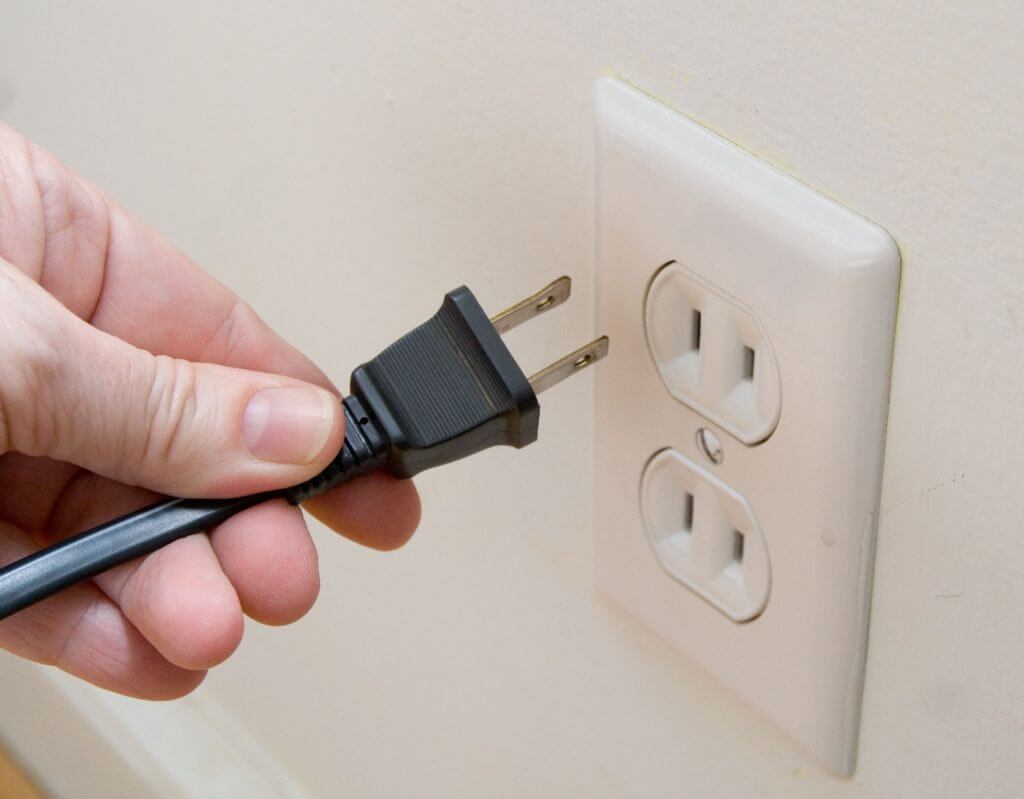The electricity bill comes every month, and some months it is higher than you expect. The reason? It may well not be one large appliance but the hum of quiet, steady demand from several appliances. Fridges, driers, TVs, and even chargers all contribute over time.
If you are a Bayswater resident who would like to get to know how your appliances at home can influence your energy bill then this article is addressed to you. Understanding how much power each device consumes, however, will help you make smart choices – without forgoing the comforts that have made modern life so pleasant.
Understanding the Fundamental: kWh Just Made Easy
Electricity is sold in units of kilowatt-hours (kWh). Here’s how it works:
1,000 watts = 1 kilowatt
Running a 2,000-watt heater for one hour = 2 kWh
You may calculate the amount of money you spend on an item on a monthly basis by multiplying its wattage by the number of hours you use it and then dividing that figure by 1,000. That gives you a good sense of how much energy it’s consuming.
If this feels too technical, don’t worry about it. An experienced electrician can perform a full energy audit of your house and find the energy hogs and can show you where to scale back.
What Are Your Appliances Actually Using?
A rough estimate of average energy consumption by some common household appliances:
Refrigerator
- Power: 150–400 watts
- Monthly Usage: 50–100 kWh
Tip: Keep it full to prevent the motor from having to work too hard.
Air Conditioner (Split System)
- Power: 1,000–2,500 watts
- Monthly Usage: 100–300+ kWh
Tip: Keep it at a consistent temp and clean filters frequently.
Washing Machine
- Power: 500–1,000 watts per cycle
- Monthly Usage: 10–20 kWh
Tip: Employ cold washes and wash only full loads.
Dryer
- Power: 2,000–4,000 watts
- Monthly Usage: 30–100 kWh
Tip: Clothesline-dry clothes when you are able.
Oven & Stove
- Power: 2,000–5,000 watts
- Monthly Usage: 15–50 kWh
Tip: Microwave for small meals.
Dishwasher
- Power: 1,200–1,500 watts
- Monthly Usage: 15–30 kWh
Tip: Run full and use eco mode.
TVs & Entertainment Systems
- Power: 100–400 watts
- Monthly Usage: 15–30 kWh
Tip: Power them down fully, don’t just put them into standby mode.
Lighting
- Power LED bulb: 5-20 watts
- Monthly Usage: 10–50 kWh
Tip: Switch to LEDs and opt for daylight when feasible.
Punch the Bill in the FACE with Solar!
If you’re sick of seeing your bill creep higher and higher, here’s a smarter solution. A solar installation by Bayswater can make all the difference. It doesn’t just produce clean energy from the sun during the day, but it will also reduce how much you depend on the grid.
A solar installation helps offset the cost of running multiple devices, particularly if you use the most power while the sun is shining. Toss in a solar battery and you can even bank power to use during the night.
More Smart Ways to Save
Want to go further? Here are a few extra tips:
- Unplug chargers and unused devices: Even when they’re off, they’re drawing power.
- Employ smart plugs and timers: Smart plugs and timers should be utili-ed in order to schedule the operation of your appliances during off-peak hours.
- Keep an eye on your consumption: With so many apps and smart meters that let you track power use by the second, Australians no longer have the luxury of ignorance.
Final Thoughts
You don’t have to speculate over which appliance is spot inflating your electricity bill. If you know how (and perhaps with a bit of help from an electrician Bayswater can trust), you can help to stop the waste and take things into your own hands.
And the first step is knowing how your appliances work. Two smart habits plus one source of power equals a home that’s more energy efficient – and a bank account that’s quite a bit happier.


